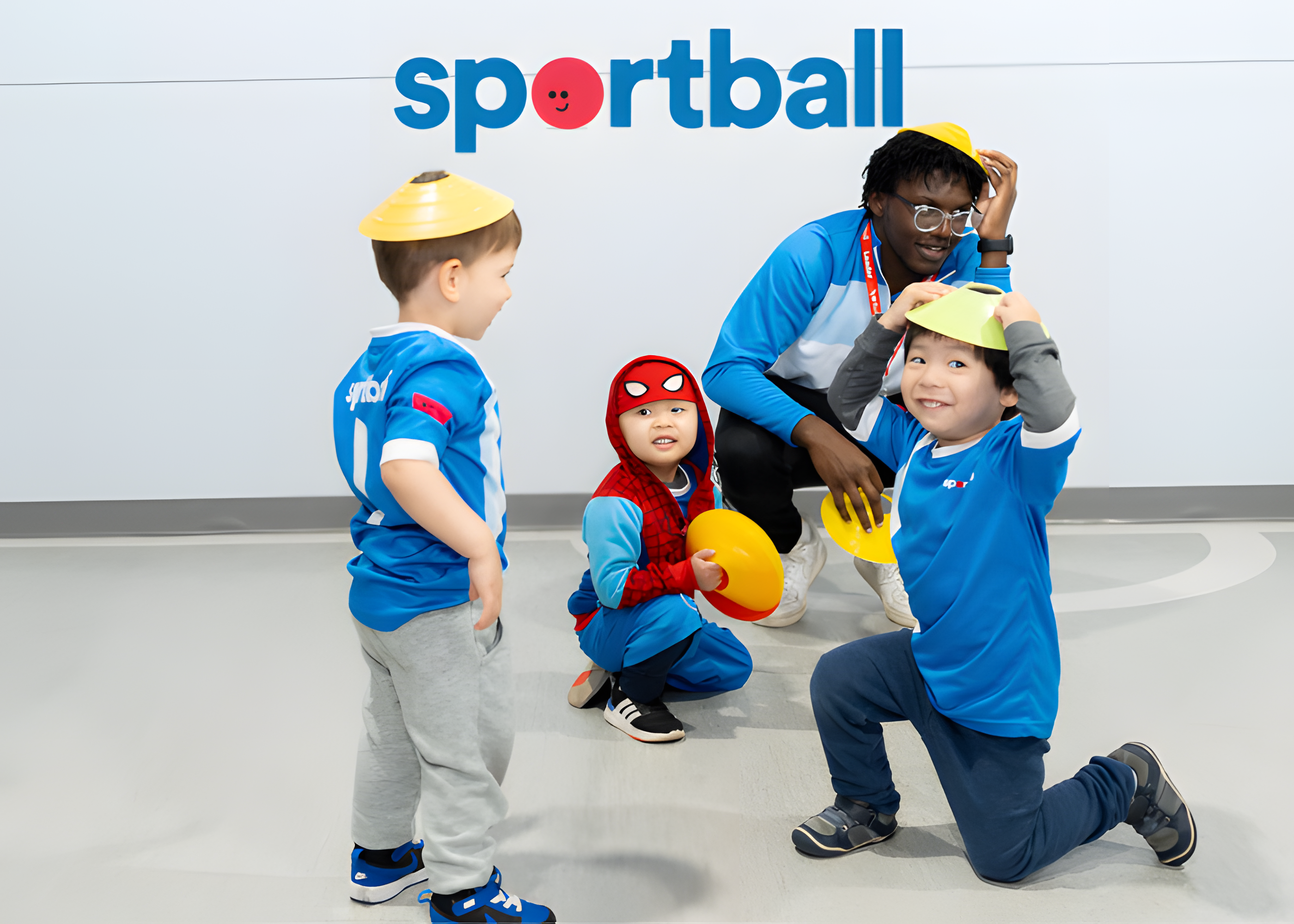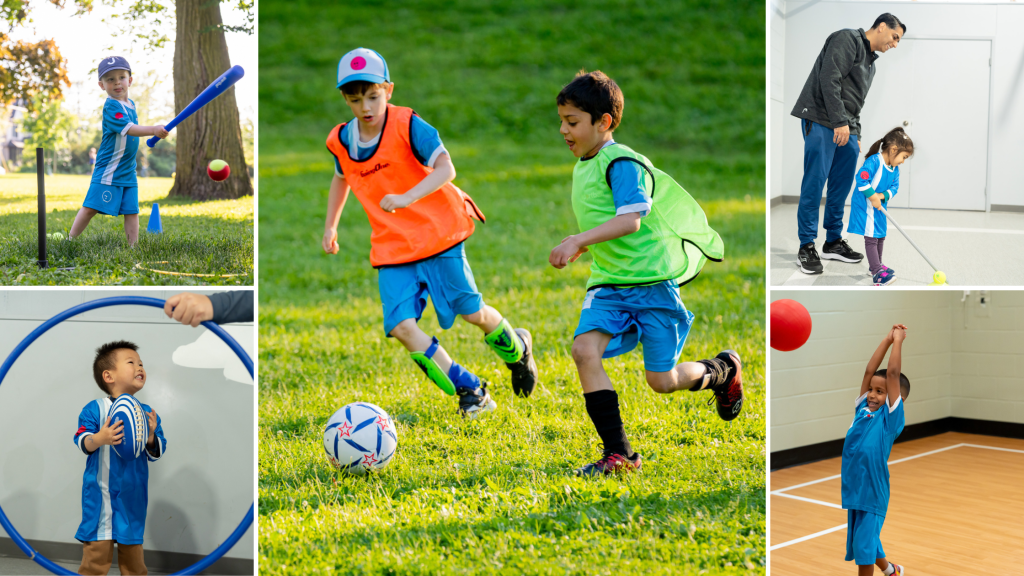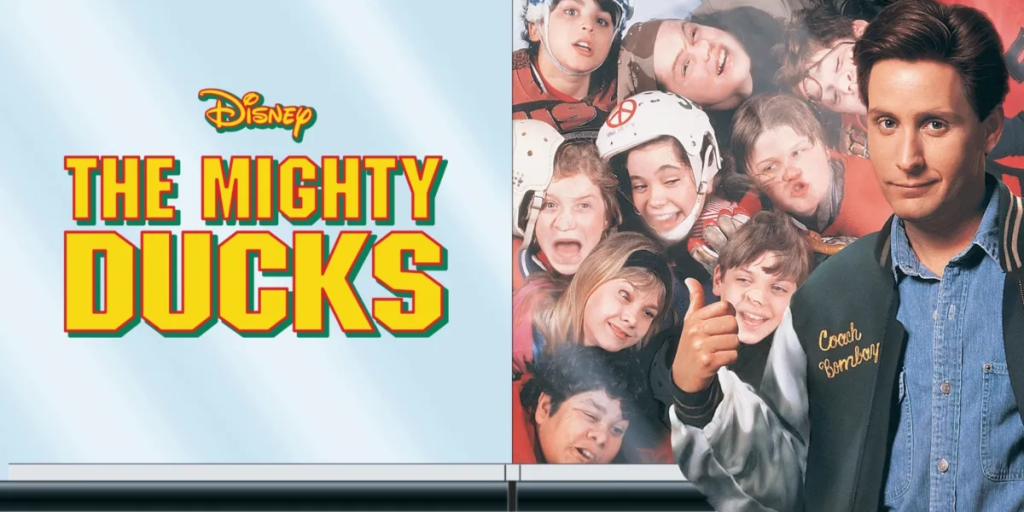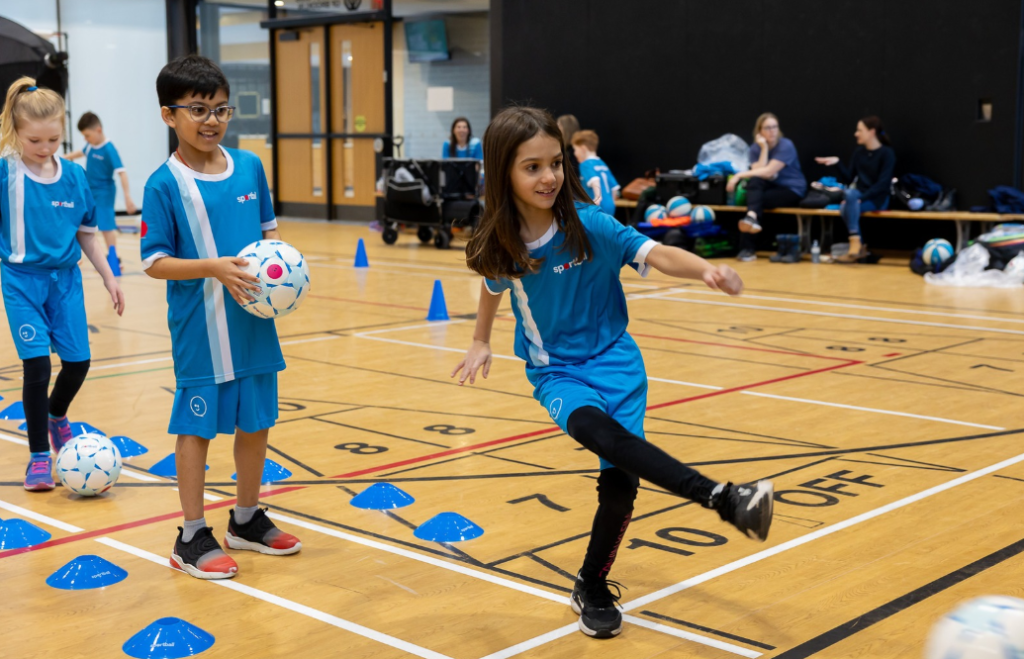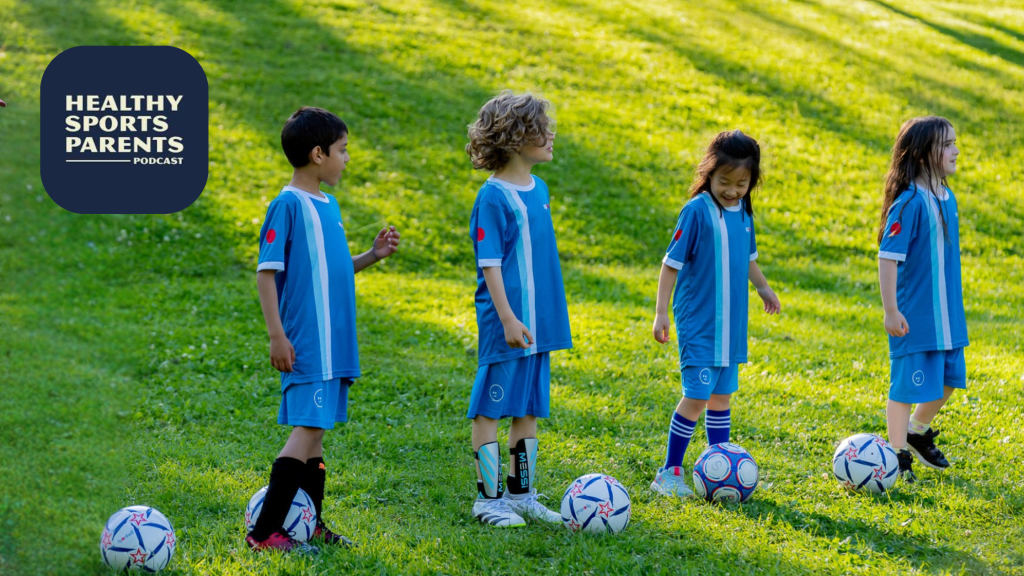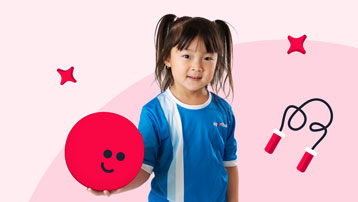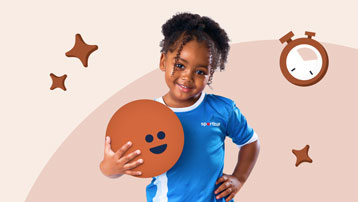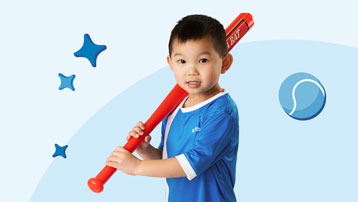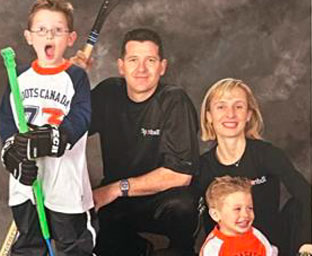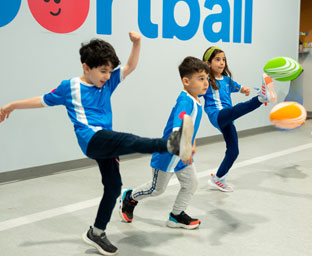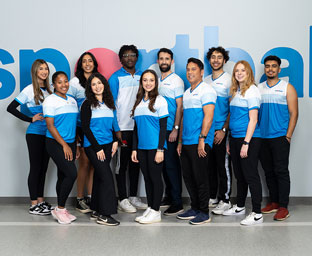Many parents reflect fondly of their childhood, recalling days and nights spent roaming their neighborhoods and parks, or playing pick-up sports on the street. This type of activity falls within the category of ‘free-play’ – play that is self-directed, unstructured, and undertaken for its own sake. These same parents may acknowledge, however, that this type of activity is a far less common feature of the landscape for today’s children and youth.
Childhood free-play has been on the decline over the past several generations, a phenomenon that is taking place for a number of reasons. Parents are partly responsible for children’s reduced engagement in free-play, given that they are increasingly reluctant to let children play and explore without supervision. Their hesitancy is rooted in concerns for children’s safety from strangers, bullies, and traffic while playing in neighborhood parks and streets.1 While decreased engagement in free-play may be partly responsible for the overall decline in children’s physical activity levels (Blog 1- Helping Children Be More Physically Active), the reduced rates of free-play may have other concerning implications too. For instance, free-play has a strong influence on children’s physical and social development, while also promoting their creativity, ability to independently make decisions, and problem solve2. In other words, free-play is important and should be encouraged, and not simply overlooked as an ‘activity of the past’. In response to some of these changing societal perceptions, here are some of the ways that Sportball integrates elements of free-play into our sport practices, and suggestions for how parents can incorporate it more often into their child’s day-to-day lives.
Promoting Active Free-Play at Sportball
At Sportball, we focus on fostering one form of free-play at each of our practices- referred to as ‘active free-play’ – play that is spontaneous and involves an element of physical activity. We achieve this through first building a non-competitive and play-based program culture, which allows us to focus just as much on having fun and being creative as we do on teaching foundational sport and physical literacy skills. Our unique approach to children’s’ sport skill development involves indirectly teaching skills to young children through storytelling (Coaching with Purpose at Sportball). This approach involves building a storyline around a sport-skill, and evoking children’s imagination to complete it. For instance- prior to learning how to stick handle in floor hockey, young children are asked to help Dory get through a coral reef and back to her family- and to watch out for jellyfish (i.e., pylons) along the way. While running during warm-up, children are encouraged to embody and move like their favourite animal or superhero, using the space around them in creative ways. Through these modifications, we aim to make sport practices more child-driven, unique, and fun, while also tapping into children’s imagination in ways that free-play does in less structured environments.
Increasing Free-Play Outside of Sportball
To complement Sportball classes, we encourage parents to help children engage in more regular active outdoor free-play. In recent years, researchers have emphasized the importance of this type of play through a Position Statement on Active Outdoor Play3, based on the premise that active outdoor play is an important precursor to risk-taking, enabling children to learn individual limits and consequences, and how to assess and manage risk. A few ways to increase outdoor active play are:
- Free-play with your kids before or after practice. Tack a free-play session on to the front or back-end of Sportball classes in a park or nearby open area.
- Find a trusted friend/playmate. Parents may feel more comfortable letting their children engage in free-play if they do so with a friend or group of friends that they know and trust.
- Educate your neighbors. Parents have cited fear of judgement from other parents as one reason they limit their child’s participation in self-directed free-play.4 Talk to your neighbors- share with them what you have learned about free-play, and how you can better support it as a community.
Remember – it is all about balance! Both organized and unorganized (i.e., free-play) physical activity are good, but one should not be participated in at the cost of the other. At the same time, we do not want to become so adverse to potential risk and harm as a society that we hinder children’s natural ability to develop and learn. Help children take risks at Sportball, and in their day-to-day lives.
Want to learn more?
1Lee et al. (2015). A meta-study of qualitative research examining determinants of children’s independent active free play. International Journal of Behavioral Nutrition and Physical Activity 12, 5.
2Gray, P. (2011). The decline of play and the rise of psychopathology in children and adolescents. American Journal of Play, 3(4), 443-463.
3Tremblay et al. (2015). Position statement on active outdoor play. International Journal of Environmental Research and Public Health, 12(6), 6475-6505.
4Pynn et al. (2018). An intergenerational qualitative study of the good parenting ideal and active free play during middle childhood. Children’s Geographies, 17(3), 1-12.
